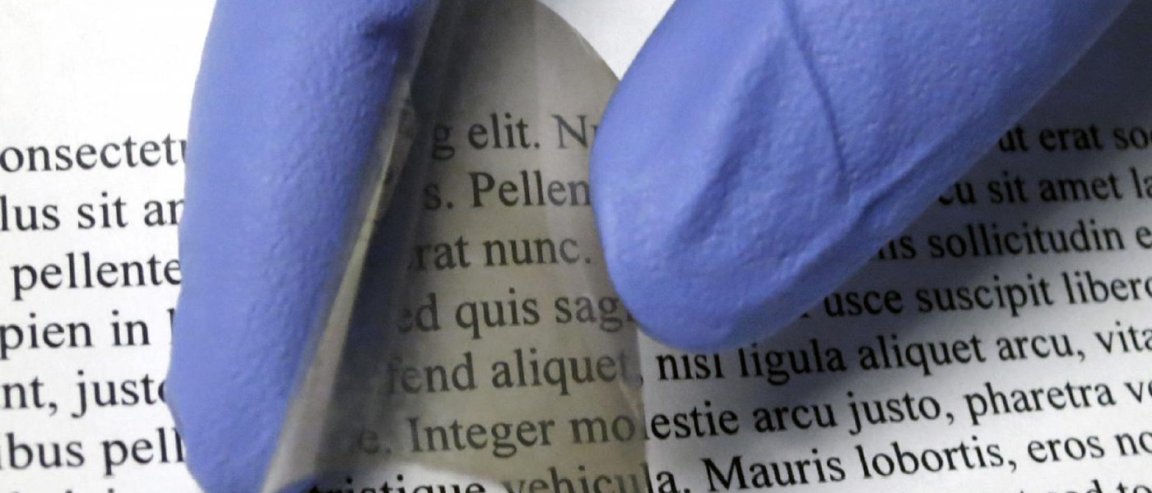
Researchers from The University of Texas at Austin, led by associate professor Delia Milliron, have invented a new flexible smart material that, when incorporated into windows, sunroofs, or even curved glass surfaces, can control both heat and light from the sun.
The windows are made from electrochromic materials, which can change their properties under the influence of small electrical charges of about 4 volts. Capable of being applied with a new low-cost, low-temperature process, the new tech is aimed at saving on cooling and heating bills for homes and businesses.
While most electrochromic materials work with the same principle, the new material is an amorphous solid made of chemically condensed niobium oxide, which has a less dense structure than similar materials, making it much more flexible and twice as energy efficient.

Also, unlike traditional coatings which need to be applied to glass surfaces, Milliron’s material can be applied to plastics to further keep the costs down.
Believed to inspire the creation of other amorphous materials such as more efficient supercapacitors, this new material could very well pave the way for our glassy future.